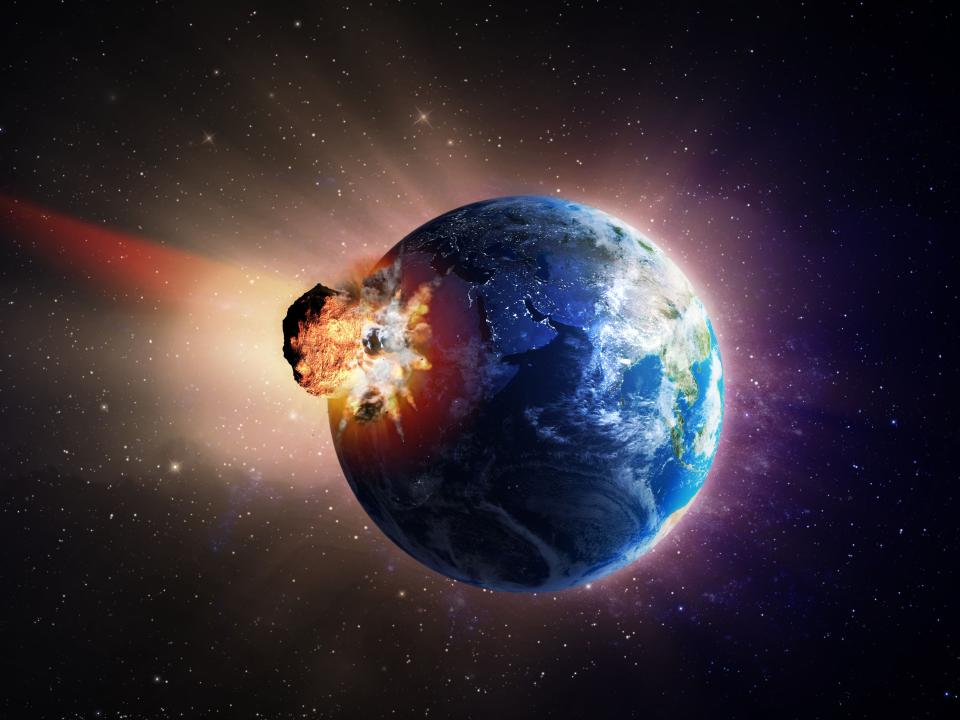Nasa to roleplay an asteroid striking the Earth to try to protect the planet

Nasa is starting a new impact scenario experiment in the event that a destructive asteroid is discovered heading towards Earth.
The five-day “tabletop exercise”, which commences this week, will allow the space agency – in conjunction with other scientific bodies – to plan how an emergency situation would play out.
The fictional chronology of events begins when astronomers discover a near-Earth object that could put life at risk. More details about the asteroid are revealed as the exercise goes on, to plan for reconnaissance, deflection missions, and ideas to help mitigate the effects of an impact.
Little information is provided about the imaginary asteroid, with its size ranging from 35 meters to 700 meters. When first detected, it would be 57 million kilometres from Earth, approaching at 11,000 miles per hour. There is a one in 100 change of impact, the threshold the international community has decided on to merit a response.
Nasa has participated in seven impact scenarios at previous conferences since 2013, and three in conjunction with the Federal Emergency Management Agency (FEMA).
“Hypothetical asteroid impact exercises provide opportunities for us to think about how we would respond in the event that a sizeable asteroid is found to have a significant chance of impacting our planet,” said Dr. Paul Chodas, director of CNEOS, Nasa’s centre for computing asteroid and comet orbits, in a statement.
“Details of the scenario – such as the probability of the asteroid impact, where and when the impact might occur – are released to participants in a series of steps over the days of the conference to simulate how a real situation might evolve.”
Previous exercises, however, have not been successful. In 2019, Nasa’s planning saw a fictional asteroid 60 metres wide crashing into New York City. If such an event actually happened, it would have caused 1.3 million deaths from an impact 1000 times more powerful than the nuclear bomb dropped on Hiroshima.
Nevertheless, the event will be a valuable precursor to the launch of Nasa’s Double Asteroid Redirection Test (DART), which is the first-ever test of asteroid deflection technology.
DART will launch later this year, with a planned impact on the asteroid Dimorphos in 2022. “The data returned after it impacts Dimorphos will help scientists better understand one way we might mitigate a potentially hazardous NEO discovered in the future,” said Andrea Riley, program executive for DART at Nasa Headquarters.
“While the asteroid DART impacts poses no threat to Earth, it is in a perfect location for us to perform this test of the technology before it may actually be needed.”
Read More
Watch live as astronauts celebrate Earth Day from the ISS
Global chip shortage will last at least another six months, says Cisco chief: ‘It is a big problem’
Pink supermoon: What is April’s full moon and when will it appear?

 Yahoo Finance
Yahoo Finance 